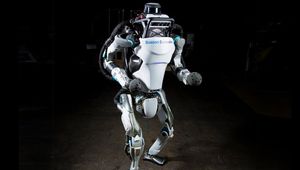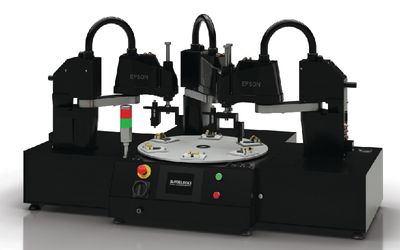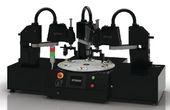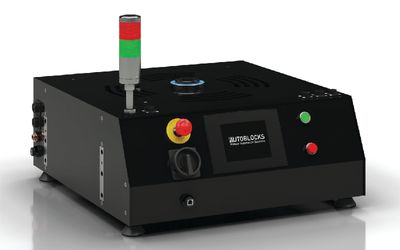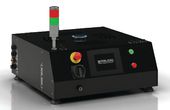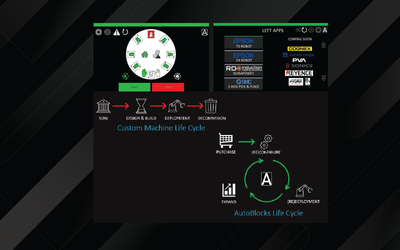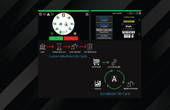ROHM Semiconductor BD621x0AEFJ Evaluation Boards
Evaluation boards for BD621x0AEFJ DC Brushed motor drivers designed for speed and direction control applications.
Technical Specifications
| Board Name | BD621x0AEFJ-EVK-101 |
| Compatible Devices | BD621x0AEFJ Brushed DC Motor drivers |
| Number of Channels | 01 |
| Input Voltage Range | 8 to 28 |
| Output Current | 1A (BD62110AEFJ), 2A (BD62120AEFJ), 3A (BD62130AEFJ) |
| Peak Output Current | 2A (BD62110AEFJ), 3A (BD62120AEFJ), 4A (BD62130AEFJ) |
| Applications | Factory Automation, Robotics, Printers, Scanners, Gaming Machines |
Overview
The ROHM Semiconductor BD621x0AEFJ Evaluation boards harness the power of BD621x0AEFJ brushed DC motor drivers to provide high-efficiency PWM signals for various motor-driven applications. The evaluation boards can accommodate three variants of BD621x0AEFJ motor drivers, offering a single-channel operation with a rated output of up to 3 amperes. Compact size and easy-to-use design make the evaluation boards suitable for a wide range of motorized applications like gaming machines, factory automation systems, robotics, etc.
Multiple Operations and Protective Circuits for Enhanced IC Operations
The BD621x0AEFJ-EVK-101 evaluation board enhances the operational reliability of motor driver circuits. It contains integrated protection circuits to tackle burnout and ease connectivity issues, especially in small-sized applications.
The boards are suitable for relatively high-power brushed DC motor applications with multiple variants and support for up to 4 Amperes peak output current. The board features an internal pulldown resistor that pulls the input pins to the ground when nothing is connected to the input test points. Hence, it adds to the safety and precision of the input signals.
The board operates in two ways, i.e.
Via Switches S1 and S2 for input pins control
Using external PWM signals from a microcontroller to control motor input pins
The internal switches S1 and S2 are used for motor direction control. Hence, the motor can perform braking, stopping, and forward and backward rotation operations. However, the switching mode features speed control capabilities.
The PWM mode allows the user to control the speed via external frequency generators or microcontroller circuits. It features slow and fast decay modes for precise speed control applications.
Simplified Setup for Speed and Direction Control
The BD621x0AEFJ-EVK-101 evaluation board makes connecting the external modules and motor circuits convenient, thanks to optimal input and output connectors. In addition to the motor driver and supported circuitry, the board features sufficient connection points and switches to handle external microcontroller inputs for PWM-based speed control operations.
Each variant has an identical size and board layout. Therefore, the PCB displays distinctive markings on the front to highlight the current rating and variant name.
While using the onboard switches to set up the evaluation board, the user must connect the brushed DC motor to the Output terminals and set the switches S1 and S2 to 5V or open. If the switch is set to open, the pulldown resistor provides a low signal to the input pins. In the PWM mode, the external PWM signals connect to the IN1 and IN2 connectors with the switches positioned to an ‘open’ state. It’s suited for speed control applications like robotics, and
Since the board seamlessly connects to external devices, it seamlessly integrates with many motor-based applications like Point of sales machines, plain paper copiers, laser printers, scanners, vacuum cleaners, and other small appliances. The simplistic connector-based design prevents additional tools from completing the connection setup, allowing the users to instantly set up the electronic systems in domestic and industrial environments.
Thanks to the ease of use, the evaluation board can also be helpful in creating educational content like experimental setups for H-bridge and PWM generation applications.
Where to find it

Mouser Electronics
Mouser Electronics is a worldwide leading authorized distributor of semiconductors and electronic components.
